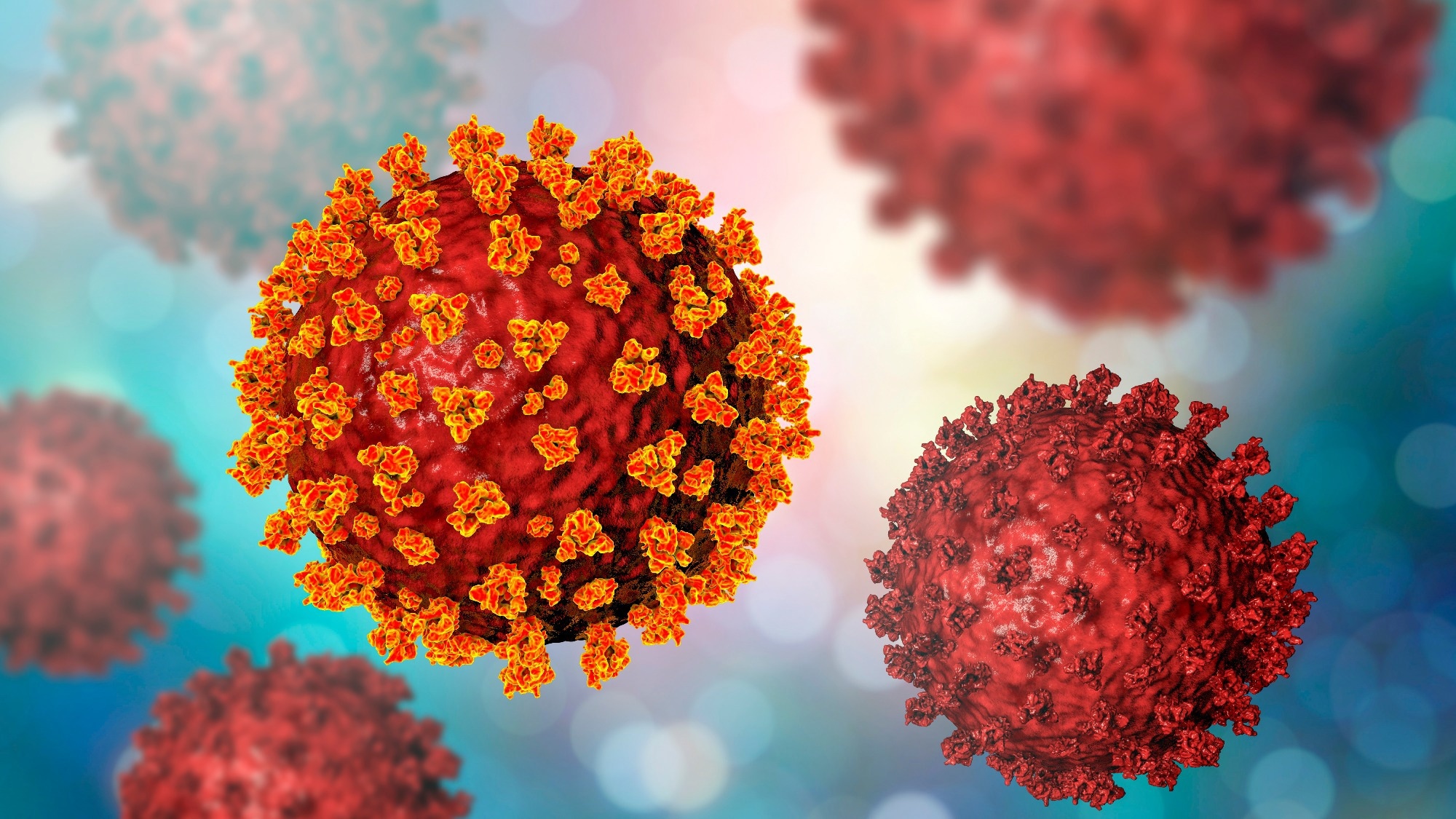In a recent study published in Neurology Neuroimmunology Neuroinflammation, researchers investigated immunologic and clinical findings indicative of severe acute respiratory syndrome coronavirus 2 (SARS-CoV-2) exposure among individuals with postviral syndrome (PVS) who visited Northwestern Medicine’s Neuro COVID-19 clinic.
 Study: SARS-CoV-2–Specific Immune Responses in Patients With Postviral Syndrome After Suspected COVID-19. Image Credit: Kateryna Kon/Shutterstock.com
Study: SARS-CoV-2–Specific Immune Responses in Patients With Postviral Syndrome After Suspected COVID-19. Image Credit: Kateryna Kon/Shutterstock.com
Background
Among individuals surviving beyond the acute phase of coronavirus disease 2019 (COVID-19), a few develop persistent symptoms that last beyond six weeks, known as post-acute sequelae of COVID-19 (PASC) or long COVID. Many PASC individuals experience neurologic signs and symptoms such as cognitive impairments, autonomic disturbances, fatigue, headache, myalgia, and pain syndromes such as neurologic post-acute sequelae of COVID-19 (Neuro-PASC, NP).
The majority of NP patients experience transient and mild pulmonary COVID-19 symptoms during acute COVID-19, not requiring hospital admission. However, confirmed COVID-19 case counts in databases are underestimated values since all individuals did not have equitable access to SARS-CoV-2 testing facilities during the initial COVID-19 wave.
Moreover, SARS-CoV-2 testing may have been performed after the periods of detectable seropositivity and viral shedding in the nasopharynx of suspected individuals.
Among United States (US) post-coronavirus disease 2019 clinics, most only accept individuals with prior SARS-CoV-2-positive test reports; therefore, individuals experiencing PVS with a similar clinical presentation as PASC may not be provided specialized care in cases of unconfirmed SARS-CoV-2 exposure. In addition, such individuals are not included in PASC research studies.
About the study
In the present study, researchers investigated evidence of anti-SARS-CoV-2 adaptive immunological responses among individuals with postviral syndrome suspected of contracting SARS-CoV-2 despite the lack of laboratory reports indicating SARS-CoV-2 seropositivity.
The study included outpatients attending Northwestern Medicine’s clinic from June 2020 to April 2022, including 29 individuals with PVS, of which 23 and 6 were unvaccinated and vaccinated, respectively. Anti-SARS-CoV-2 B- and T lymphocyte-mediated immunological responses against SARS-CoV-2 spike (S) receptor-binding domain (RBD) and nucleocapsid (N) proteins were measured among individuals with PVS following suspected SARS-CoV-2 infection.
The results were compared to 32 confirmed sex- and age-matched NP individuals with SARS-CoV-2 infection confirmed by serological tests or reverse transcription-polymerase chain reaction (RT-PCR) conducted at the same clinic, and 18 healthy control individuals (HCs), including those without prior SARS-CoV-2 exposure or seropositivity.
Neurologic signs and symptoms, cognitive testing, life quality, and comorbidity-related data obtained during clinical visits were analyzed retrospectively.
Blood was withdrawn from the participants to extract serum and isolate peripheral blood mononuclear cells (PBMCs). Individuals with NP and PVS filled out the Patient-Reported Outcomes Measurement Information System (PROMIS) questionnaires to provide data related to fatigue, cognitive function, depression, anxiety, and sleep disturbances.
The National Institutes of Health (NIH) toolbox was used to assess cognitive domains such as processing speed, attention, working memory, and executive function. Anti-N and anti-S immunoglobulin G (IgG) titers were measured using enzyme-linked immunosorbent assays (ELISA). Interferon-gamma (IFN-γ) ELISPOT assays were performed to assess cell-mediated immune responses to SARS-CoV-2.
Results
The median age of PVS patients was 43 years; 93% were female, and 93% were white, with no significant demographic differences compared to NP patients. Pre-existing comorbidities and symptoms did not differ between NP patients and post-viral syndrome responders (PVS+), with the exception of a higher prevalence of dysgeusia among NP patients.
Of 29 individuals with postviral syndrome, 41% (n=12) showed detectable cell-mediated and humoral immunological responses indicative of prior SARS-CoV-2 exposure. Among 12 PVS+ individuals, 50% and 75% demonstrated anti-S and anti-N responses, respectively, highlighting the importance of multitargeted COVID-19 immunologic evaluation and the limitations of commercially available diagnostic tests.
Positive interferon-gamma responses to the SARS-CoV-2 N protein were detected in six of the 24 PVS cases investigated. In addition, four PVS patients demonstrated interferon-gamma responses. PVS+ individuals presented with neurological symptomatology similar to the NP group, but clinical assessment occurred 5.3 months after symptom onset (10.7 versus 5.4 months).
NP and PVS+ patients reported similar quality-of-life impairments in the fatigue and cognitive function domains. In addition, PVS+ patients demonstrated similar results as NP patients in the objective evaluation of cognition, including executive function, attention, and processing speed, but better results than NP patients in the working memory domain.
Attention was most impaired among PVS+ and NP individuals. Despite their persistent symptoms, the lack of SARS-CoV-2 infection diagnosis likely delayed clinical care among PVS patients.
Overall, the study findings showed that anti-SARS-CoV-2 adaptive immunological responses could be detected in a sizeable fraction of PVS individuals after suspected SARS-CoV-2 infection. The clinical presentation and immunological responses among PVS+ patients closely resembled those among COVID-19-confirmed NP patients.
The findings indicated that several American individuals with postviral syndrome resembling neuro-PASC had SARS-CoV-2 exposure during the initial COVID-19 wave and, therefore, should be provided similar access to healthcare as NP patients and included in PASC research studies.